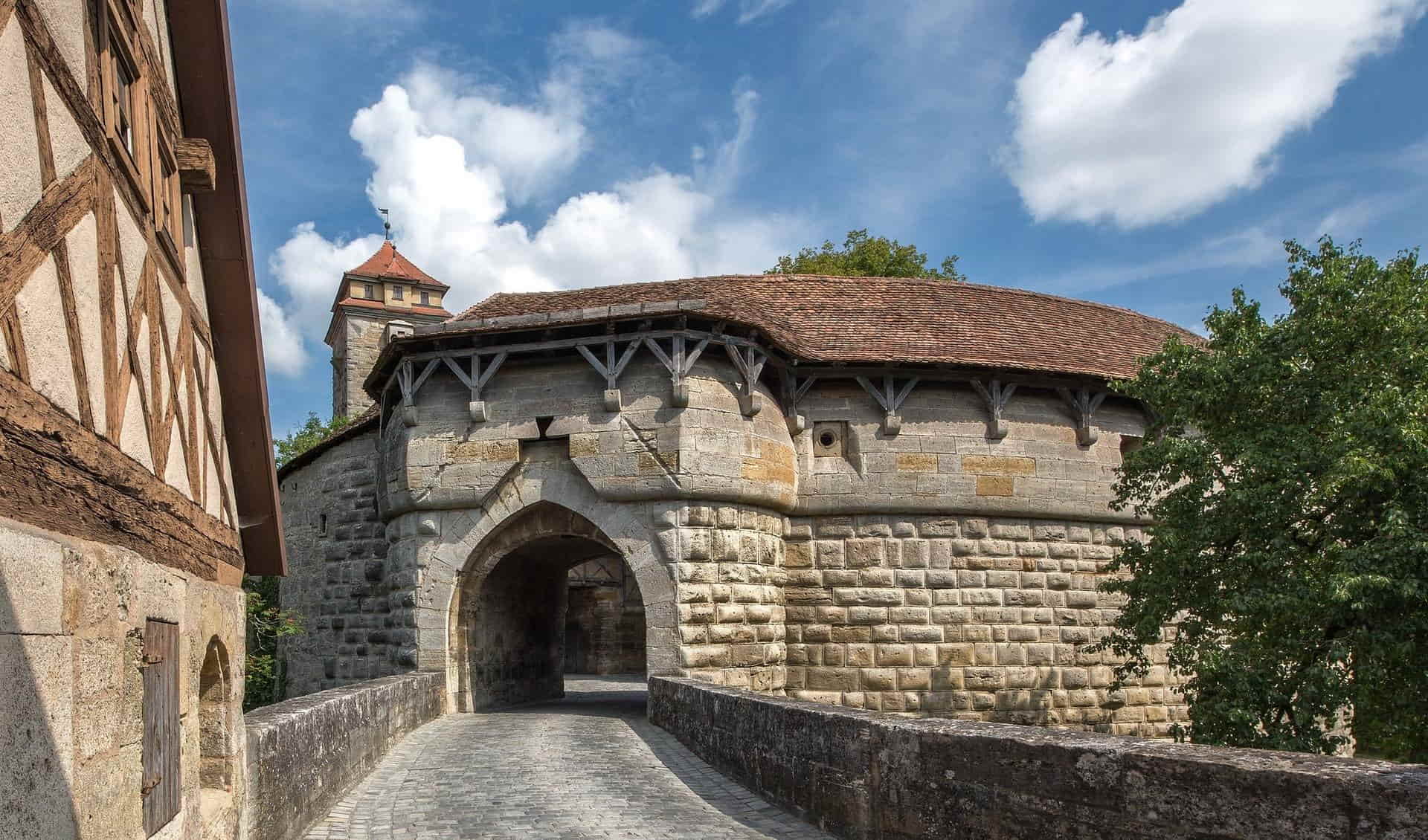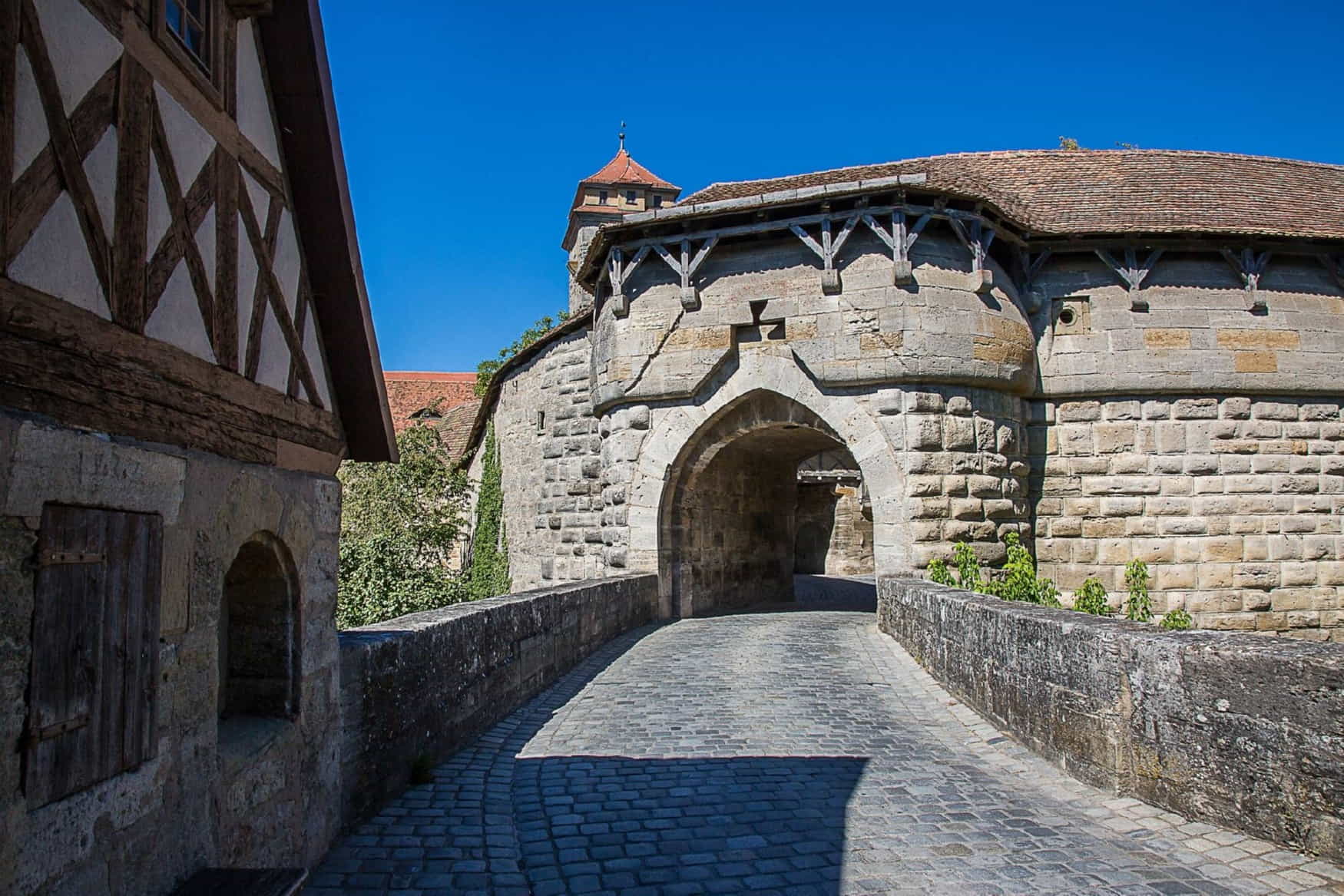Spital Bastion is a testament to medieval engineering and defensive architecture in the heart of Rothenburg ob der Tauber, Middle Franconia, Bavaria, Germany. This impressive fortification, completed in 1537, is the most recent addition to Rothenburg's city walls and is a captivating gateway to the town's rich history.
The bastion's imposing structure, with its seven gates, portcullis, and drawbridge, offers visitors a glimpse into the strategic military thinking of the 16th century. As a critical component of Rothenburg's UNESCO World Heritage status, Spital Bastion invites families to step back and explore a world where stone and ingenuity combine to protect a thriving medieval community.
Highlights
- A seven-gate defensive system with portcullis and drawbridge
- Two inner courtyards and an upper walkway
- The dry moat surrounding the bastion is accessible for exploration
Contents
 Photo: facebook.com/Rothenburg.Tourism
Photo: facebook.com/Rothenburg.Tourism
Here is Why Your Kids Will Find it Interesting
Spital Bastion is worth visiting with kids aged 7-14 fascinated by knights, castles, and medieval warfare. The bastion's intricate defense system, complete with secret passages and towering walls, sparks young imaginations. Children can pretend to be city defenders, operating the portcullis or keeping watch from the upper walkway. The dry moat offers an exciting playground for exploration, where kids can search for "hidden treasures" or imagine repelling invaders. Interactive elements and the tangible sense of history make Spital Bastion an engaging educational experience that brings textbooks to life.
Family-friendly features
- Walkable dry moat for exploration
- Wide pathways suitable for strollers
- Informative plaques with simple explanations for children
The History of Spital Bastion
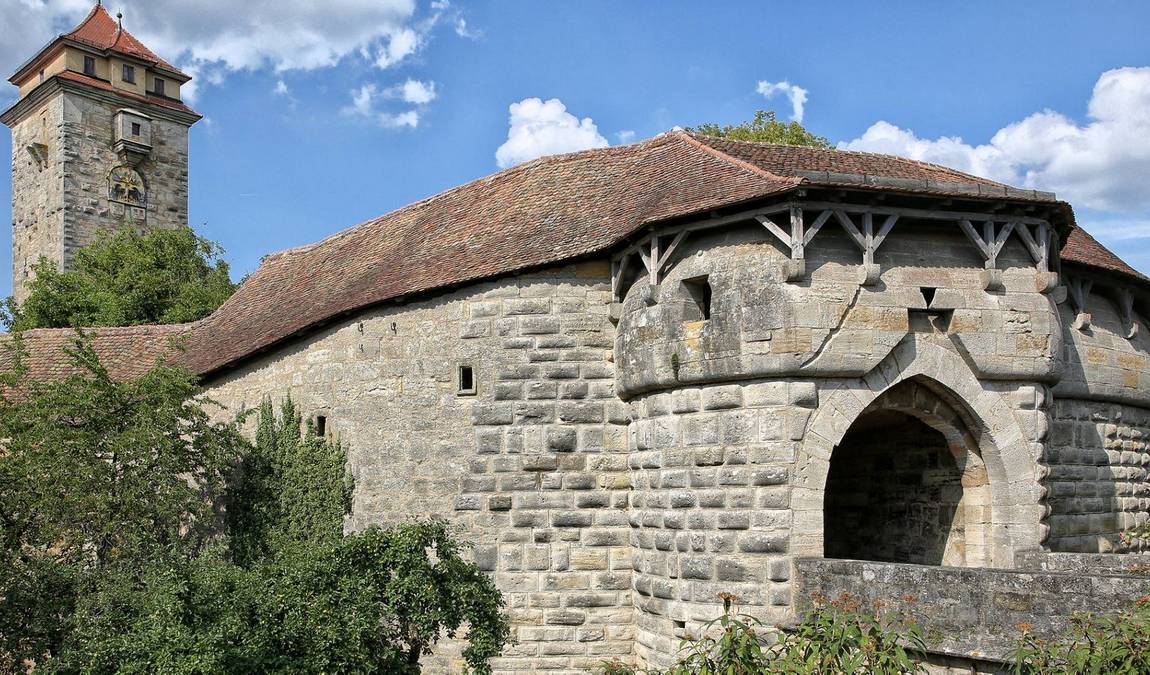 Photo: facebook.com/Rothenburg.Tourism
Photo: facebook.com/Rothenburg.Tourism
Spital Bastion, designed by renowned Rothenburg architect and stonemason Leonhard Weidmann, was constructed in the 16th century as part of the city's expanded fortifications. Its primary purpose was to protect the Spital Quarter, a newly incorporated area of Rothenburg. The bastion played a crucial role in the city's defensive strategy during the Thirty Years' War (1618-1648), helping to safeguard Rothenburg from potential invaders.
The construction of Spital Bastion marked a significant advancement in military architecture. Its design incorporated lessons learned from earlier sieges and the evolving warfare tactics. The bastion's multiple gates, courtyards, and walkways created a complex system that could trap and neutralize attackers, providing the defenders a significant advantage.
Notable historical events associated with Spital Bastion include:
- The incorporation of stones from the old castle, damaged in the Basel earthquake of 1356, into the bastion's construction
- Its role in protecting Rothenburg during the Swedish invasion in 1631
- The preservation efforts following World War II, which helped maintain the bastion's original structure
Architectural Features
 Photo: wikimedia.org
Photo: wikimedia.org
Spital Bastion is a marvel of 16th-century military engineering. Its key features include seven gates, creating a labyrinthine defense system, a portcullis, a heavy vertically-closing gate, a drawbridge for controlled access, two inner courtyards, known as "Fanghöfe" or "catching courtyards", an upper walkway for surveillance and defense, a surrounding dry moat.
The bastion's unique "Fanghof" design is particularly noteworthy. After breaching the first gate, attackers would find themselves trapped in a courtyard, vulnerable to counterattacks from defenders on the walls above.
Compared to other fortifications in Rothenburg, Spital Bastion stands out for its complexity and size. While towers like the Röderturm and Markusturm are impressive in their own right, Spital Bastion's comprehensive defensive system makes it the crown jewel of Rothenburg's fortifications.
Medieval Crime and Justice Museum is located 500 metres from this landmark. Plan a visit there as well.
Visiting Spital Bastion with Family
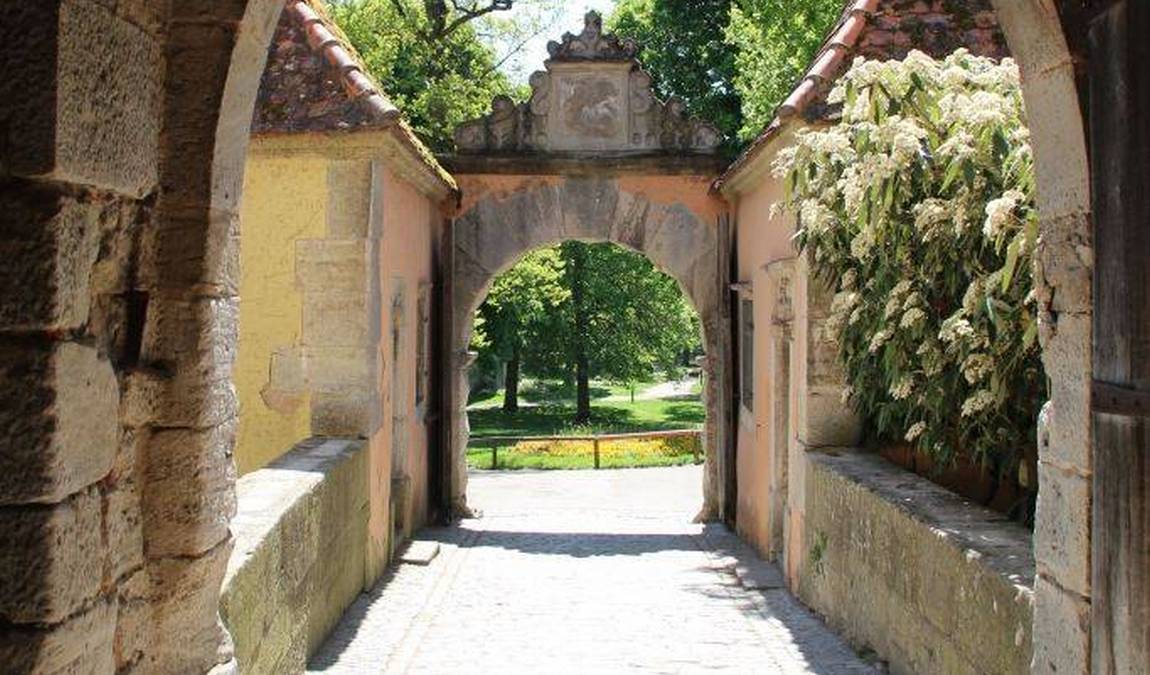 Photo: facebook.com/Rothenburg.Tourism
Photo: facebook.com/Rothenburg.Tourism
The best times to visit Spital Bastion are spring and early fall when the weather is mild and crowds are smaller. Weekday mornings often offer a quieter experience, allowing families to explore independently.
Family-friendly activities and attractions nearby include walking the city walls, visiting the Medieval Crime Museum, exploring the Christmas Museum, enjoying the Rothenburg Night Watchman Tour (suitable for older children).
Tips for engaging children in historical exploration:
- Encourage role-playing games, such as "Defend the castle"
- Create a scavenger hunt for architectural features
- Use storytelling to bring the bastion's history to life
- Bring sketchbooks for children to draw their favorite parts of the structure
The Spital Bastion Experience
 Photo: facebook.com/Rothenburg.Tourism
Photo: facebook.com/Rothenburg.Tourism
Visitors to Spital Bastion can expect a journey through time as they explore its various levels and passageways. The experience begins at the imposing entrance, where families can imagine the drawbridge lowering to grant them access. Inside, the intricate system of gates and courtyards provides a tangible sense of the bastion's defensive capabilities.
Photo opportunities abound, with some of the best spots including:
- The view from the upper walkway, overlooking the town and surrounding countryside
- The inner courtyards showcasing the bastion's impressive stonework
- The entrance arch with its Latin inscription: "Pax intrantibus – salus exeuntibus" (Peace to those who enter and health to those who leave)
Interesting facts and stories to share with kids:
- The bastion's stones have a secret past, coming from an old castle destroyed by an earthquake
- The "Fanghof" design was like a giant trap for invading armies
- The bastion helped protect the town during one of Europe's longest wars
Best Time to Visit
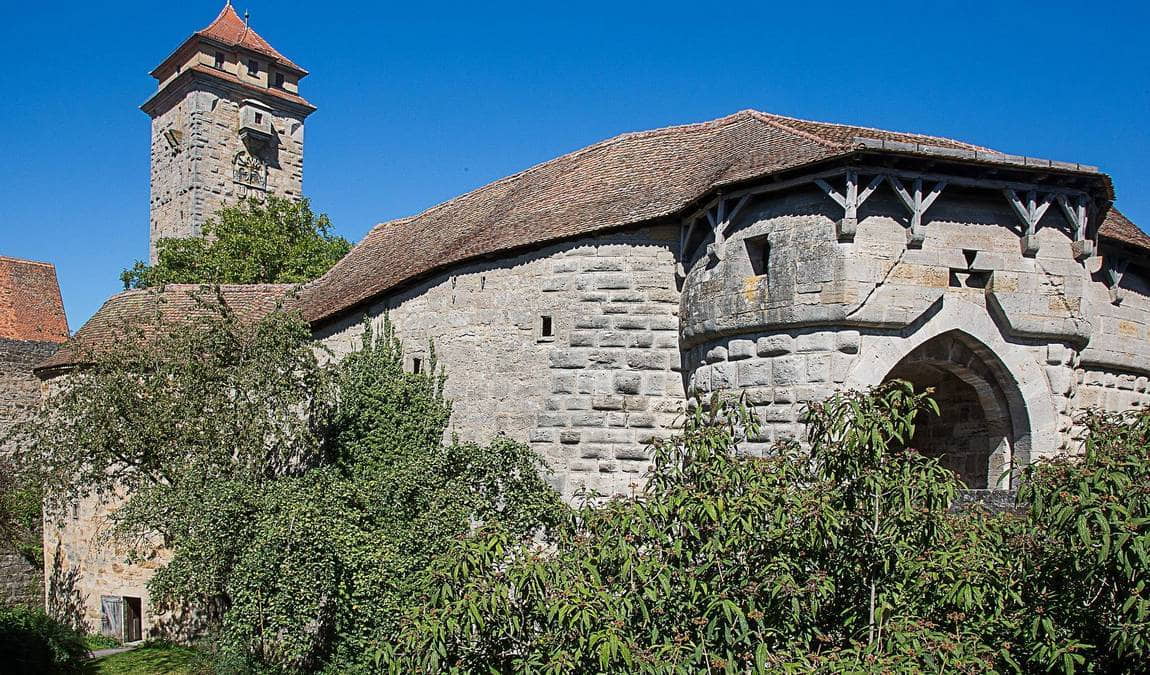 Photo: pixabay.com
Photo: pixabay.com
The ideal time to visit Spital Bastion with children is during weekday mornings in late spring or early autumn when temperatures are comfortable and crowds are minimal. This timing allows for a more relaxed exploration of the bastion's features. Weekends can be busier but offer a livelier atmosphere with potential reenactments or guided tours.
Recommended Duration: A thorough visit to Spital Bastion typically takes about 1-2 hours.
Our Resume
Spital Bastion offers families a unique blend of historical education and interactive exploration. Its well-preserved structure provides an authentic glimpse into medieval defensive architecture, while its spacious layout and surrounding areas cater well to energetic children. The bastion's location within Rothenburg makes it an excellent starting or ending point for a day of discovery in one of Germany's most picturesque towns.


